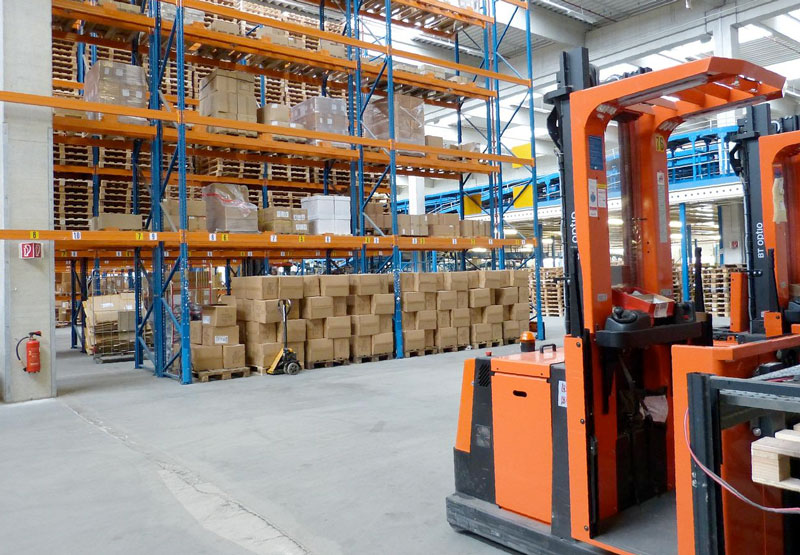Lifting Standards
Ensuring the safest possible working environment doesn’t just mean adhering to safety guidelines.
Creating and promoting a safety strategy across the workforce encourages a culture of vigilance, which ensures the risks are kept to a minimum. This is particularly vital in the materials handling sector, where the combination of powered vehicles, such as forklifts, working in the vicinity of other employees on foot, can lead to any number of potentially dangerous situations.
Accidents involving forklift trucks and pedestrians are still a major issue, in spite of the UK having some of the most stringent safety legislation in the world. Human error is a major cause of accidents, and carrying out repetitive tasks on a daily basis can also make drivers, or operators of equipment, somewhat complacent in the hazards. So management, and the safety as a whole, needs to be a constantly reinforced safety message.

Do not use equipment that’s not a hundred percent suitable for the task at hand. Depending on what you need to lift and move, there will probably be a specific specialist solution that can make your life easier and your operations a lot safer.
If you handle a lot of long products, for example, you’ll not want to rely on limited maneuverability of counterbalance track to travel loads through narrow doors or access tight spaces. Using a couple of forklifts at either end of a load is also a definite no no from a health and safety point of view. And traveling with elevated loads around obstacles is also considered to be a hazardous practice.
The indirect cost of not using the right trucks can be considerable in terms of downtime after collisions, product damage or repairs of damage racking and administrative costs for accident investigations. Disruptive workflows, delayed deliveries and unhappy customers are further consequences.
And this is without counting the human costs of injuries that may be inflicted.
What’s required are handling solutions tailored to the specific challenges. For long loads, consider multidirectional models, which have been designed with a very low center of gravity and integrated platform provides a stable base during transportation, eliminating the need for elevated loads.
The quick change of the wheel direction enables sideways travel in confined spaces and this in turn means a much better use of all available space, which is one of the company’s most valuable assets.
Close encounters between forklifts and pedestrians are to be avoided wherever possible as statistics prove that these are a major cause of accidents and injury to pedestrians with the average of five people being hospitalized every day.
Measures such as physical segregation using barriers and scanner or radio technology, which enables automatic intervention if safety distances are breached, in turn substantially reducing the risk of collisions between heavy pieces of equipment and humans.
Avoid overloading
Overloaded vehicles can tip and fall, resulting not only in damage of vehicles and stock, but at the worst can cause serious fatal injuries to personnel.
There’s several factors that can influence a fork truck to become overloaded. The load center, the distance from the face of the fork to the center of gravity of the load plays a crucial part.
Drivers who are insufficiently aware of their forklift load capacity and the associated risks of exceeding it, not only could promise their own safety, but also that of everyone working around them.
During busy times when seasonal and extra seasonal staff are employed, the quick and straightforward training of pedestrian tracks is also of benefit from an operational point of view, as well as safety.
If you need any further information please contact us today on 07770 302504 or email joanne@chestnutassociates.co.uk


